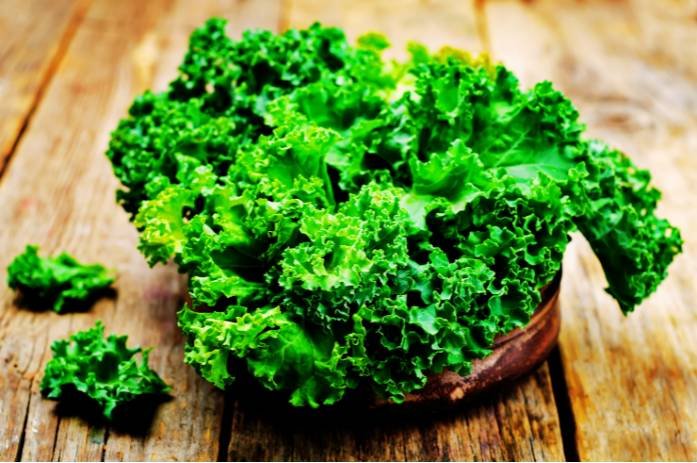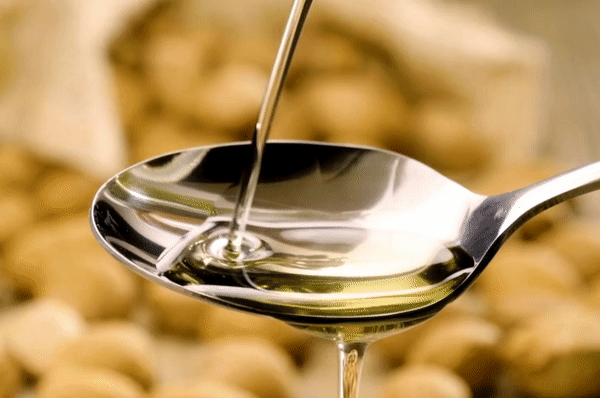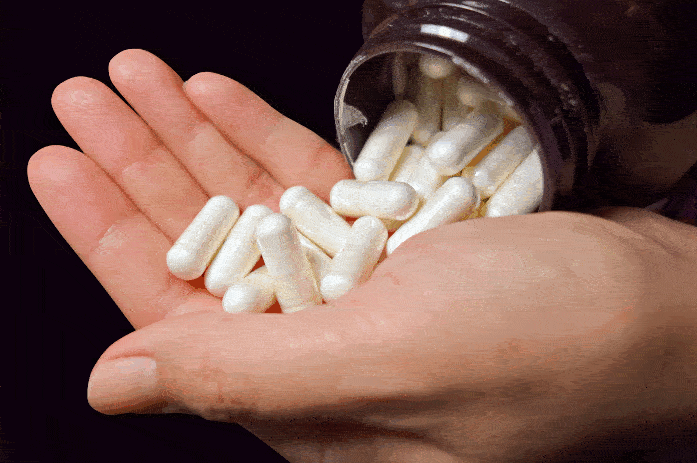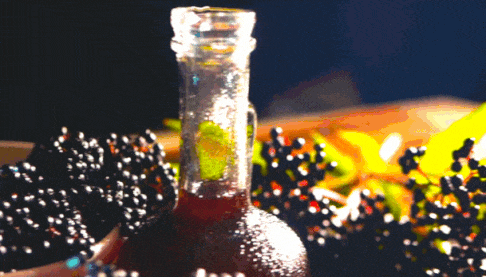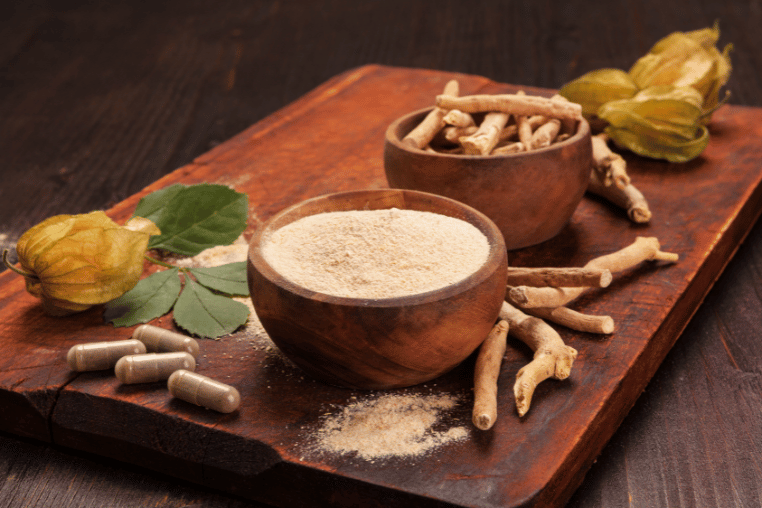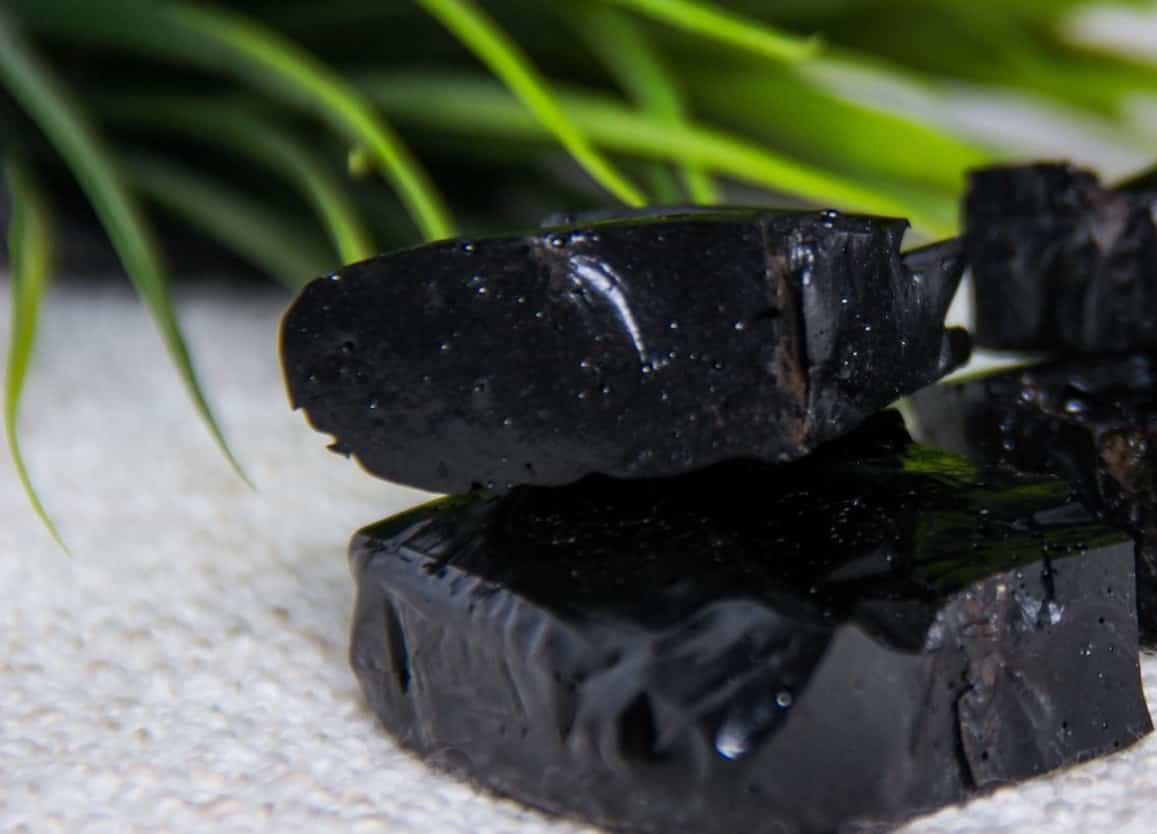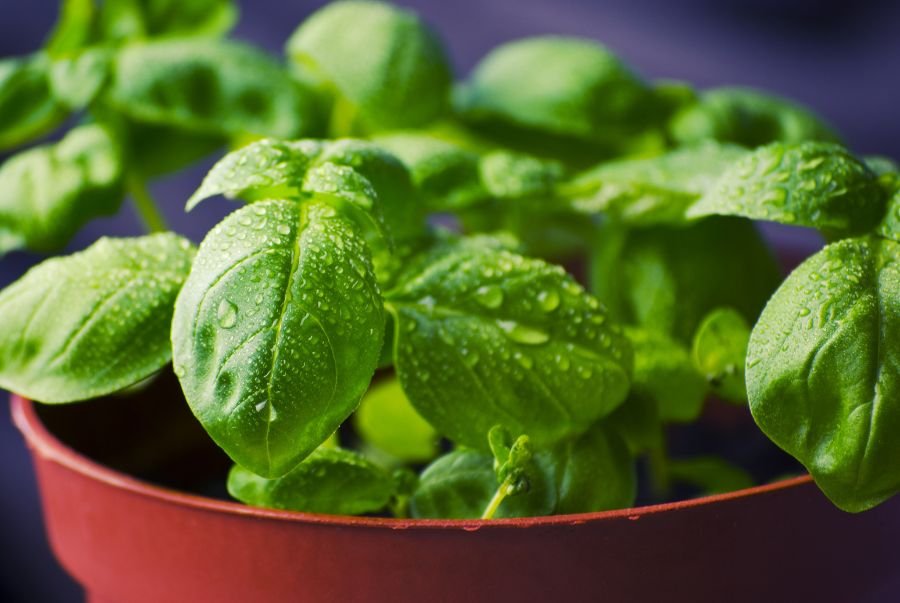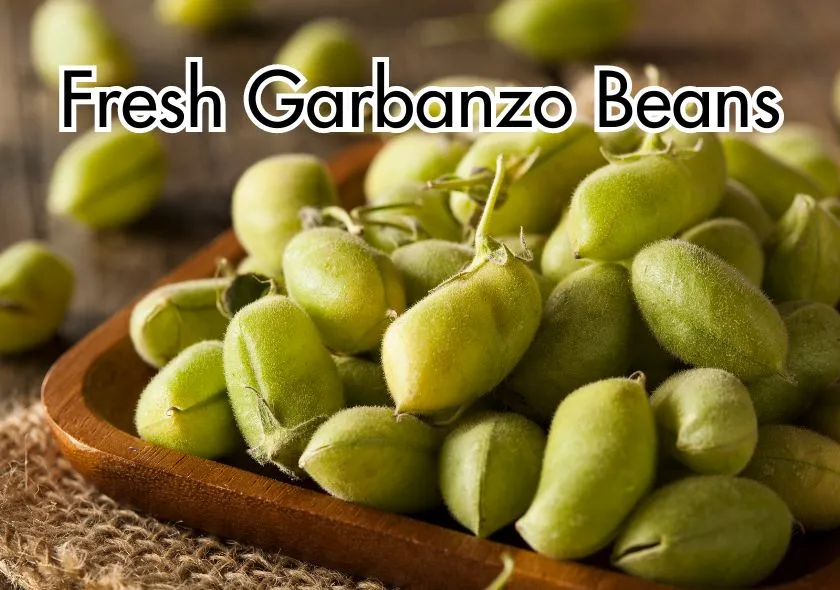
Passionate & Certified Nutritionist
Vinegar, a versatile kitchen staple, has been cherished for centuries for its culinary, cleaning, and even health benefits. The allure of vinegar lies not only in its tangy flavor but also in its myriad of uses. While store-bought vinegar is readily available, crafting your own white vinegar and apple cider vinegar at home can be a rewarding endeavor. In this article, we will delve into the art of vinegar making, demystifying the process and equipping you with the knowledge to create your very own.
Introduction
Vinegar’s ubiquity in the culinary world is undeniable, with its presence gracing kitchen shelves across the globe. Whether it’s for pickling, salad dressing, or an effective household cleaner, vinegar plays a crucial role in our daily lives. However, there’s a unique charm in creating your vinegar concoction that goes beyond mere convenience. In this article, we will explore the fascinating world of vinegar crafting, focusing on two distinct types: white vinegar and apple cider vinegar.
Understanding the Fermentation Process
Before we embark on our journey to create white vinegar, it’s essential to grasp the essence of fermentation. At the heart of vinegar production lies acetic acid, a compound formed through the fermentation of ethanol by acetic acid bacteria. This process is what gives vinegar its distinctive sour taste.
Ingredients Required for White Vinegar
Choice of Alcohol Base
Selecting the right alcohol base is paramount. Ethanol, commonly found in distilled spirits like vodka, is an excellent choice due to its purity.
Sugar Source
Vinegar-making requires a sugar source for the bacteria to convert into alcohol. You can use various sugars, such as cane sugar, malt extract, or even leftover wine.
Equipment Needed
Fermentation Vessel
You’ll need a container for the fermentation process. Glass or food-grade plastic containers work well, provided they have an airtight seal.
Airlock
An airlock is a small device that allows gases to escape while preventing contaminants from entering the vessel. It’s a crucial tool for a successful fermentation.
Step-by-Step Guide to Making White Vinegar
STEP I – Preparing the Alcohol Base
- Selecting the Right Alcohol Content
The alcohol content of your base liquid should be around 5-8%. You can measure this using a hydrometer to ensure an optimal environment for fermentation.
- Dilution Process
Dilute the alcohol base with water to achieve the desired alcohol content. Distilled water is preferable, as tap water can introduce impurities that may affect the fermentation process.
STEP II – Adding the Sugar Source
- Choosing the Type of Sugar
The type of sugar you use can influence the final flavor of your vinegar. Experiment with different sugars to create unique variations. For a classic white vinegar taste, cane sugar is a solid choice.
- Mixing Ratios
The ideal sugar-to-alcohol ratio is roughly 1:3. Ensure that the sugar is completely dissolved in the alcohol-water mixture.
STEP III – Fermentation and Aeration
- Role of Airlock
Place an airlock on your fermentation vessel to allow gases to escape while preventing contaminants from entering. This ensures a controlled and sterile environment for the bacteria.
- Temperature and Time Considerations
Maintain a temperature between 60-80°F (15-27°C) and let the mixture ferment for several weeks, typically 4-6 weeks. Monitor the process, and once you’re satisfied with the acidity, your white vinegar is ready to be strained and stored.
In the next sections, we’ll shift our focus to crafting apple cider vinegar, another delightful vinegar variety with distinct flavors and potential health benefits.
Apple Cider Vinegar: A Healthier Alternative
Apple cider vinegar (ACV) is hailed not only for its culinary uses but also for its potential health benefits. It boasts a unique flavor profile and is celebrated for its acidity, making it a popular choice for both culinary and medicinal purposes.
Nutritional Benefits of Apple Cider Vinegar
ACV contains various nutrients and bioactive compounds, including acetic acid, which has been linked to several health benefits, such as improved digestion and blood sugar control.
Potential Health Uses and Remedies
ACV has gained fame as a natural remedy for various ailments, including digestive issues, weight management, and even skincare. We’ll explore some of these uses in detail.
Ingredients and Equipment for Homemade Apple Cider Vinegar
- Selecting Quality Apples
Choosing the right apples is crucial for crafting high-quality ACV. Opt for organic apples to avoid pesticides and chemicals, as these can interfere with the fermentation process.
- Sugar and Yeast Considerations
Just like in white vinegar production, the sugar source is vital for the fermentation process. Apples themselves contain natural sugars, but you may need to add additional sugar to kickstart the process. Additionally, yeast plays a critical role in turning sugars into alcohol during the initial phase of fermentation.
- Choosing the Right Container
Select a suitable container for fermenting your apple cider vinegar. Ensure it is clean and sanitized to prevent contamination during the fermentation process.
Making Apple Cider Vinegar: A Detailed Guide
Preparing Apple Juice
- Pressing Apples
To make apple cider vinegar, begin by pressing fresh apples to extract their juice. You can use a fruit press or a juicer for this purpose.
- Straining the Juice
Strain the juice to remove any pulp or solids, leaving you with pure apple juice ready for fermentation.
Fermentation Process
- Yeast and Bacteria Introduction
Introduce a combination of yeast and bacteria into the apple juice. This can happen naturally through the wild yeast present on the apple skins or by adding a small amount of commercial yeast.
- Importance of Monitoring pH Levels
Maintain the pH level of your fermenting apple cider vinegar between 4-5. This acidic environment is essential for the growth of beneficial bacteria.
Bottling and Aging
- Proper Storage Conditions
Transfer your fermented apple cider vinegar to bottles with airtight lids. Store them in a cool, dark place to continue the aging process.
- Length of Aging
The aging process for apple cider vinegar can vary, but a minimum of 3-4 weeks is recommended to develop its full flavor profile. You can continue to age it for months or even years, depending on your preference.
Conclusion
In closing, the world of vinegar-making is a fascinating journey that invites you to explore your culinary creativity while reaping the rewards of homemade goodness. Whether you choose to make white vinegar or apple cider vinegar, the satisfaction of crafting your tangy elixir from scratch is an experience like no other. As you embark on your vinegar-making adventure, remember that patience and precision are key to achieving the finest results. So, roll up your sleeves, gather your ingredients and equipment, and let the transformation of liquid gold begin. Your homemade vinegar awaits, ready to infuse your dishes and life with a touch of flavorful magic.


